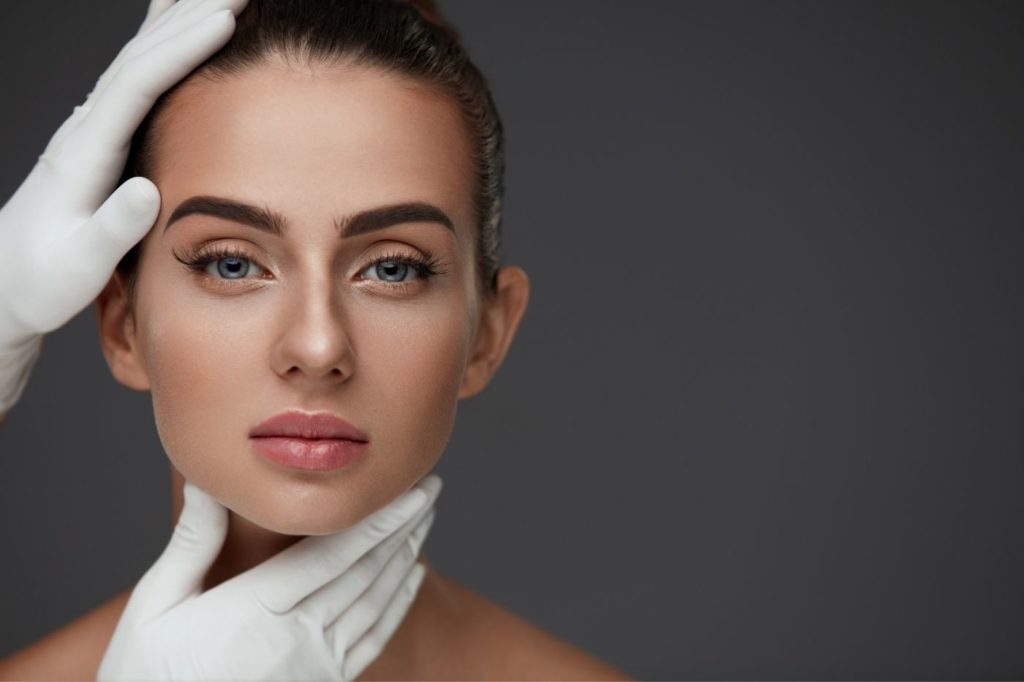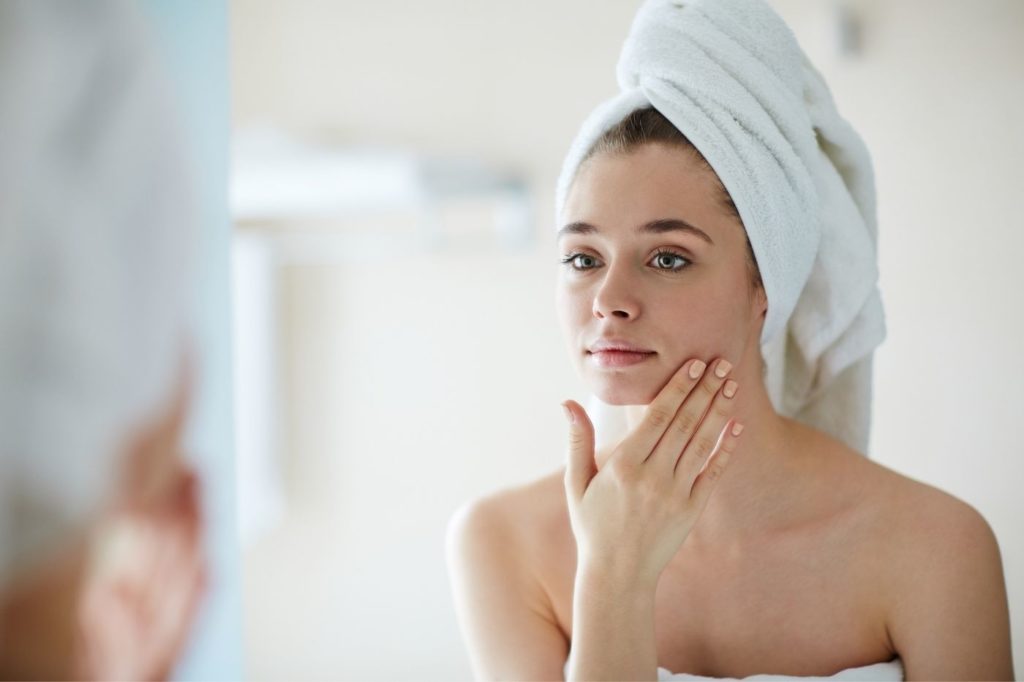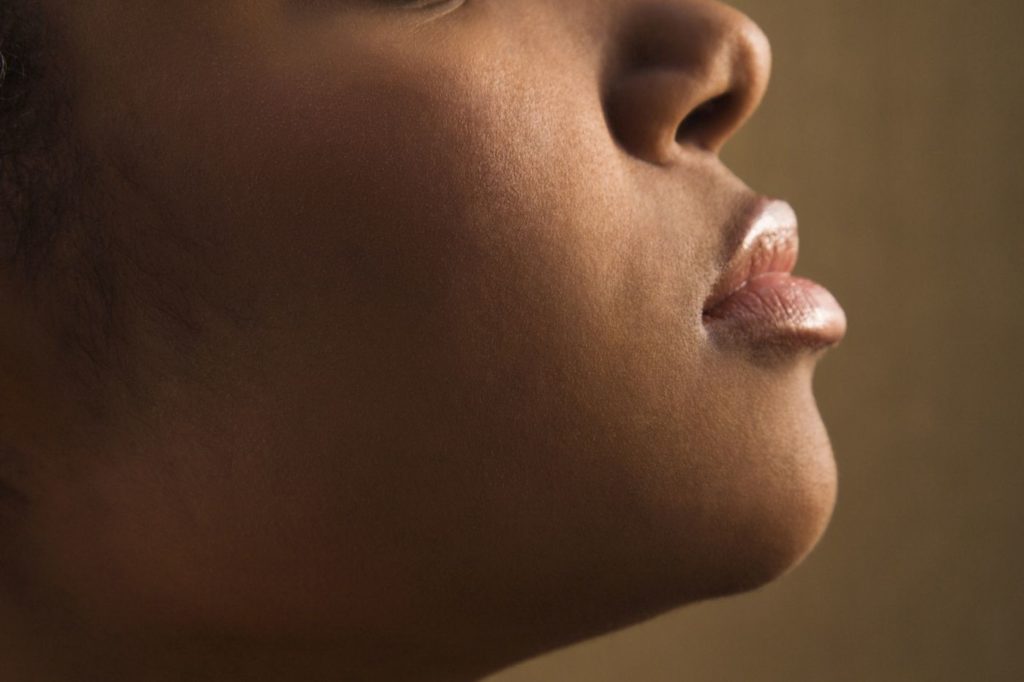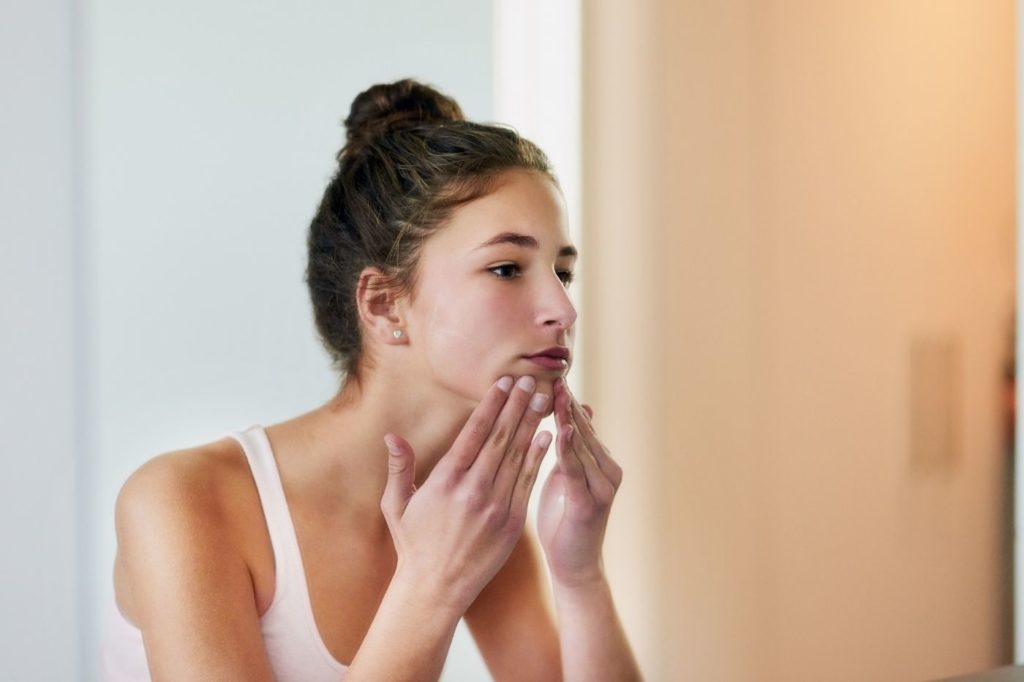
The ancient practice of face mapping has gotten a facelift in recent years with its increasing popularity. Face mapping may play a part in clearing stubborn hormonal acne breakouts and more.
Face mapping is also known as mien shiang in Chinese, which directly translates to “face reading.”
Can learning the regions of your face help you improve your overall wellness?
What is face mapping?
The roots of face mapping can be traced back to ancient practices like Ayurveda and traditional Chinese medicine (TCM). The premise is that blemishes and skin problems on the face are linked to underlying issues, primarily in major organ systems in the body.
What is face mapping? Face mapping is the practice of examining the skin on the face to observe the health of the organs and bodily systems. Dullness, color, breakouts, and other skin issues serve as clues to health issues.
As modern medicine progresses, skin mapping has made a comeback in recent years, tying in dermatology to what we know about skin cycles and skin mapping.
While Western medicine has not definitively proven that the zones of the face speak volumes about your health, face mapping is a valuable concept to understand in the world of functional medicine.
Chinese Face Mapping: Zones + Scientific Evidence
Firstly, we have the time-honored Chinese face mapping tradition. TCM practitioners believe that the shape of facial features and the condition of the skin can tell you everything you need to know about a patient.
It’s believed that Qi, or life force energy, flows throughout the face and body. When thrown off-balance, disturbed Qi can show up in the face as blackheads, bumps, irritation, and more.
Forehead
TCM holds that most of the issues seen in the forehead stem from the digestive system, primarily due to a poor diet. If you’re experiencing breakouts or problems here, Chinese face medicine says your gallbladder and liver may be to blame.
Liver problems do, in fact, cause skin issues, though there’s no concrete evidence for them specifically showing up between the brows.
Temples
The temples are linked to the kidneys and bladder in Chinese medicine. Dehydration, inflammation, or infection in the kidneys and bladder are said to present here.
Eyebrows
Skin issues between the eyebrows are related to the liver and its ability to detoxify on a Chinese face map. According to TCM, if you’re drinking, smoking, or eating poorly, it may show up in the eyebrow region. Some practitioners even claim negative emotion can cause issues here!
Eyes
Chinese medicine believes that dehydration and stress show up as puffiness, dryness, and skin conditions around the eyes. This area ties back to the kidneys and adrenal system. Research agrees that dry skin can be a side effect of serious kidney problems.
Nose
The nose is connected to the heart in TCM. It’s believed that blackheads mean the heart is also congested, while redness indicates a problem with blood sugar, cholesterol, or blood pressure.
Intriguingly, TCM adherents also believe that anger, bitterness, and grief can all damage the heart (and nose).
Cheeks
The cheeks reflect the state of the stomach and spleen, according to Chinese medicine. Excess “heat,” another energetic principle of TCM, can often be seen in this area.
In this school of thought, redness means inflammation, and most cheek-related skin concerns can be quelled by hydrating properly.
Mouth
The mouth is tied into colon and stomach health. Here, ulcers or breakouts can indicate dietary problems, particularly what TCM terms a “raw” or “cold” diet.
Chin
The chin and jawline area is a signal of reproductive health. When acne flare-ups occur here, it may be a sign of a hormonal imbalance.
Chinese Face Mapping Treatments
Your Chinese medicine specialist or holistic dermatologist will examine your facial concerns and diagnose any energetic or dietary needs they can see. Common prescriptions can include:
- Staying hydrated
- Acupuncture
- Diet and lifestyle changes based on your face map
- Herbal remedies, both topical and ingested
It’s important to note that, while longstanding, TCM theories on energy and body meridians have not been proven by scientific studies.
Acne Face Mapping: What That Zit Is Telling You
In acne face mapping, Chinese traditional medicine is removed from the equation. Acne face mapping diagnoses underlying issues causing acne, then recommends lifestyle changes to treat them.
Is face mapping for acne accurate? Face mapping for acne may not be accurate. There is no concrete scientific evidence to back up the practice.
Hairline
Hairline acne, or “pomade acne,” is seen as its own issue in face mapping. This type of acne is said to be linked to the following possible causes:
- A buildup of hair care products
- Built-up makeup products
- Residual oils in your hair
Forehead/Nose
For forehead acne and pimples around the nose, acne face mapping says to look to stress and dietary issues as the cause. This may be triggered by:
- Lack of sleep
- Insufficient fruit and vegetables
- Dehydration
- Dandruff or hair care products buildup on the forehead
- Digestive issues
- Touching your face with unclean hands
Eyebrow Area
According to acne mapping, zits between the eyebrows could be attributed to overuse of alcohol or eating a large amount of fatty foods. Gallbladder problems and reactions to makeup can also appear here.
Cheeks
What does acne on your cheeks mean? For acne on the cheeks, environmental agents can often be to blame. Possible cheek acne-causing agents may be:
- Air pollution
- Dirty pillowcases
- Contaminated cellphones
Chin/Jawline
For chin and jawline acne, face mapping for acne aligns with TCM’s stances. Hormones are the issue at play.
Jawline acne may stem from a common imbalance such as PCOS, or more normal fluctuations like periods and pregnancy.
Recommendations from Face Mapping for Acne
Face mapping for acne will usually come with some recommendations for diet and lifestyle change, as well as topical products to add to your skincare routine if needed. Typical products may include benzoyl peroxide, retinoids, or salicylic acid to fight oily skin.
Your dermatologist or aesthetician can give you individualized direction in how to treat your breakouts.
How To Use Face Mapping To Improve Skin Health
The clues that face mapping provides can act as clues, pointing to diet, lifestyle, and skincare changes that may clear up skin issues.
I believe in using integrative dermatology to look at the whole person: habits and overall health as well as just the skin. Here are three tips on how to improve skin health using face mapping:
- Eat whole, natural foods. If your face mapping says that your diet may be an issue, or that there’s stress on an organ like the liver or kidneys, it may be time to switch up what you eat. Incorporate more fruits and vegetables, less processed foods and sugars, and see how your skin reacts with less acne-causing foods.
- Examine your products and lifestyle. While I’m a fan of certain medications for acne, some hair products and skin care products may be clogging pores and producing excess sebum. Look for labels like “non-comedogenic” and think through your habits: do you touch your face when stressed? What about holding your phone to your face all day— and how often do you clean it?
- Try some natural remedies. If you’re following Chinese face mapping, you may want to incorporate some traditional Chinese medicine skincare tips that are recommended as well.
- Get good sleep. Beauty sleep is not a myth. Face mapping points to poor sleep patterns as a potential trigger for skin problems. Sleep deprivation can also contribute to many other health conditions that show up in the face, like high blood pressure, hormonal issues, and a lowered immune system.
Finally, don’t forget to stay hydrated for your best skin. These holistic measures can treat the underlying symptoms that face mapping reveals.
Talk to a Dermatologist
The best thing you can do for your skin is to get excellent medical advice from a holistic dermatologist. Before scheduling a face mapping session, talk to your dermatologist.
They’re familiar with surprising causes of skin issues and can advise the best ways to get your skin back on track, whether through face mapping or simply working with your circadian rhythm.
Sources
- Satapathy, S. K., & Bernstein, D. (2011). Dermatologic disorders and the liver. Clinics in liver disease, 15(1), 165-182. Abstract: https://pubmed.ncbi.nlm.nih.gov/21111999/
- Gagnon, A. L., & Desai, T. (2013). Dermatological diseases in patients with chronic kidney disease. Journal of nephropathology, 2(2), 104. Full text: https://www.ncbi.nlm.nih.gov/pmc/articles/PMC3891143/
- Stefanov, M., Potroz, M., Kim, J., Lim, J., Cha, R., & Nam, M. H. (2013). The primo vascular system as a new anatomical system. Journal of acupuncture and meridian studies, 6(6), 331-338. Abstract: https://pubmed.ncbi.nlm.nih.gov/24290797/
- Kõljalg, S., Mändar, R., Sõber, T., Rööp, T., & Mändar, R. (2017). High level bacterial contamination of secondary school students’ mobile phones. Germs, 7(2), 73. Full text: https://www.ncbi.nlm.nih.gov/pmc/articles/PMC5466825/
- Hafsi, W., & Badri, T. (2017). Hirsutism. Full text: https://www.ncbi.nlm.nih.gov/books/NBK470417/
- Ebede, T. L., Arch, E. L., & Berson, D. (2009). Hormonal treatment of acne in women. The Journal of clinical and aesthetic dermatology, 2(12), 16. Full text: https://www.ncbi.nlm.nih.gov/pmc/articles/PMC2923944/
- Stolla, S., Shalita, A. R., Webster, G. F., Kaplan, R., Danesh, S., & Penstein, A. (2001). The effect of the menstrual cycle on acne. Journal of the American Academy of Dermatology, 45(6), 957-960. Abstract: https://pubmed.ncbi.nlm.nih.gov/11712049/
- Elsaie, M. L. (2016). Hormonal treatment of acne vulgaris: an update. Clinical, cosmetic and investigational dermatology, 9, 241. Full text: https://www.ncbi.nlm.nih.gov/pmc/articles/PMC5015761/



